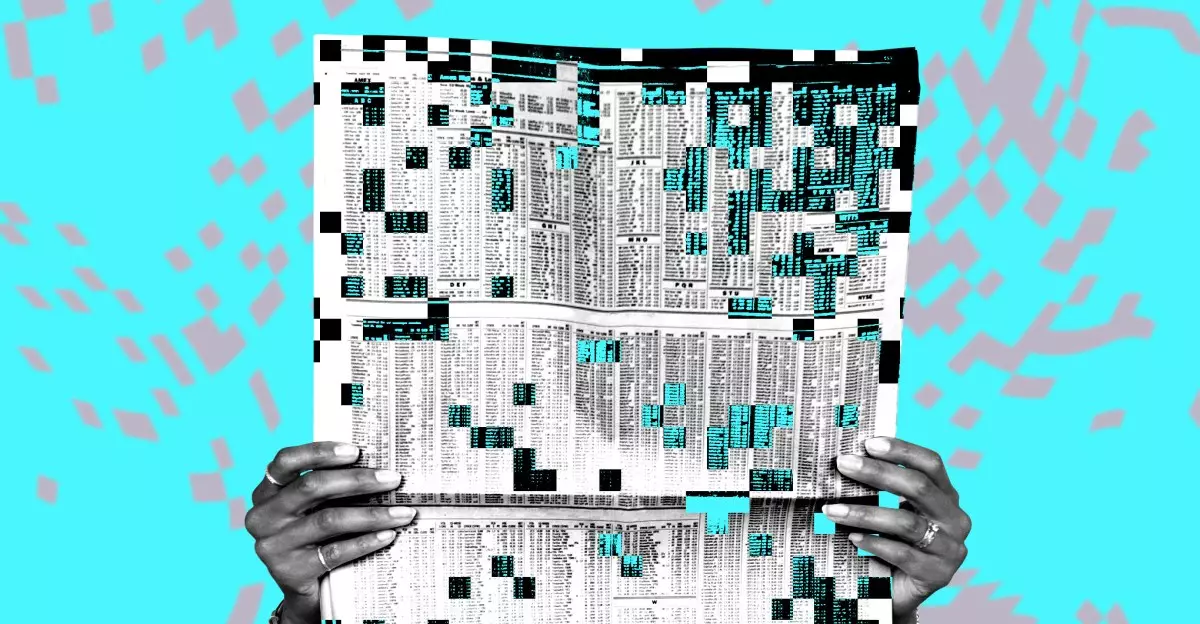In an era dominated by digital technology, the need for a fair relationship between creators and corporations is more pressing than ever. Recent movements among American publishers, including heavyweights like The New York Times and The Washington Post, reflect a mounting frustration over the exploitation of original content by Big Tech firms. Their latest initiative, dubbed “Support Responsible AI,” is a clarion call for accountability. By urging the government to impose regulations that ensure fair compensation for creators, these publishers emphasize the critical need to protect intellectual property in the age of artificial intelligence.
The Rights of Creators in an AI-Dominated Landscape
The advertisements associated with this campaign feature stark messages like “Keep Watch On AI” and “AI Steals From You Too.” They encapsulate a vital issue: as AI technology evolves, so too does its reliance on the rich reservoir of content created by writers, artists, and journalists. The campaign stands firmly against what it views as a growing trend of content theft, posing ethical questions about the backbone of AI development. With the likes of OpenAI and Google seeking permission to use copyrighted works for training their models, the stakes have never been higher for those who rely on their creations for their livelihood.
Call to Action: Engage and Advocate
Publishers are not just raising concerns; they are actively engaging the public in the call for change. Each advertisement contains links and QR codes directing readers to a dedicated advocacy platform where they can easily contact their local representatives. This method of mobilization allows individuals to voice their opinions on a matter that fundamentally affects the media landscape, urging policymakers to rethink how AI interacts with existing content.
Danielle Coffey, President and CEO of the News/Media Alliance, has articulated this sentiment by stating, “Right now, Big Tech and AI companies are using publishers’ own content against them.” This statement sheds light on the inherent imbalance in the current ecosystem, where content creators often receive little to no recompense while tech companies profit enormously from their work.
A Global Echo of a Local Struggle
Interestingly, this advocacy is not limited to the American landscape. A comparable campaign recently emerged in the UK, underscoring a growing international awareness of this issue. Major newspapers there adopted the mantra “MAKE IT FAIR,” resonating with readers and inviting them to join the fight against the unregulated use of copyrighted material for AI training. This solidarity across borders reveals that the struggle to protect intellectual property and foster a more equitable digital economy is a global concern.
Balancing Innovation and Integrity
The narrative crafted by the publishers emphasizes that the news media is not inherently against AI; rather, they champion a balanced approach to its integration. Many organizations within the industry recognize the potential benefits of AI tools and are eager to explore them while advocating for ethical standards. This positions the current push not as obstructionism but as an avenue to harness creativity and innovation responsibly, ensuring that future AI development pays respect to the creators whose labor contributes to its success.
As this campaign unfolds, it stands as a testament to the evolving dynamics of content creation in a technologically driven society. The dialogue surrounding AI and ownership continues to expand, and it will be crucial for all stakeholders—creators, corporations, and consumers alike—to engage in meaningful conversations about how to nurture a nurturing creative ecosystem in these uncharted waters.

